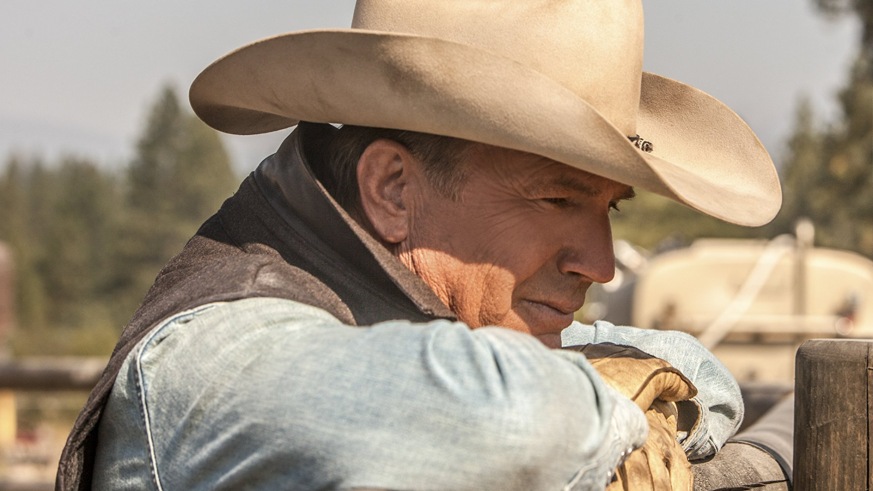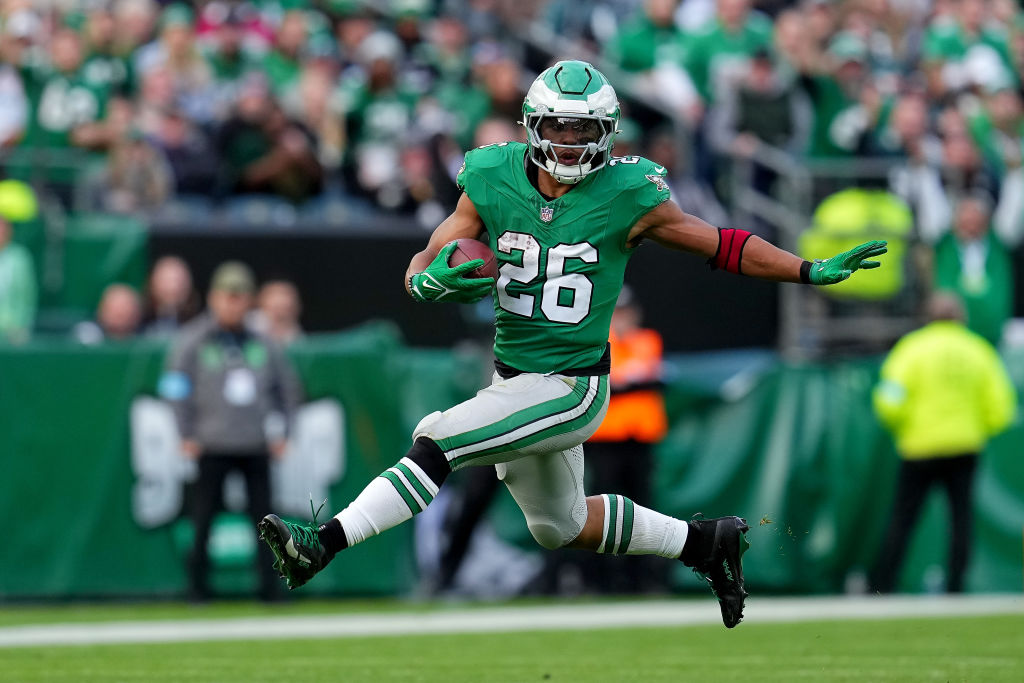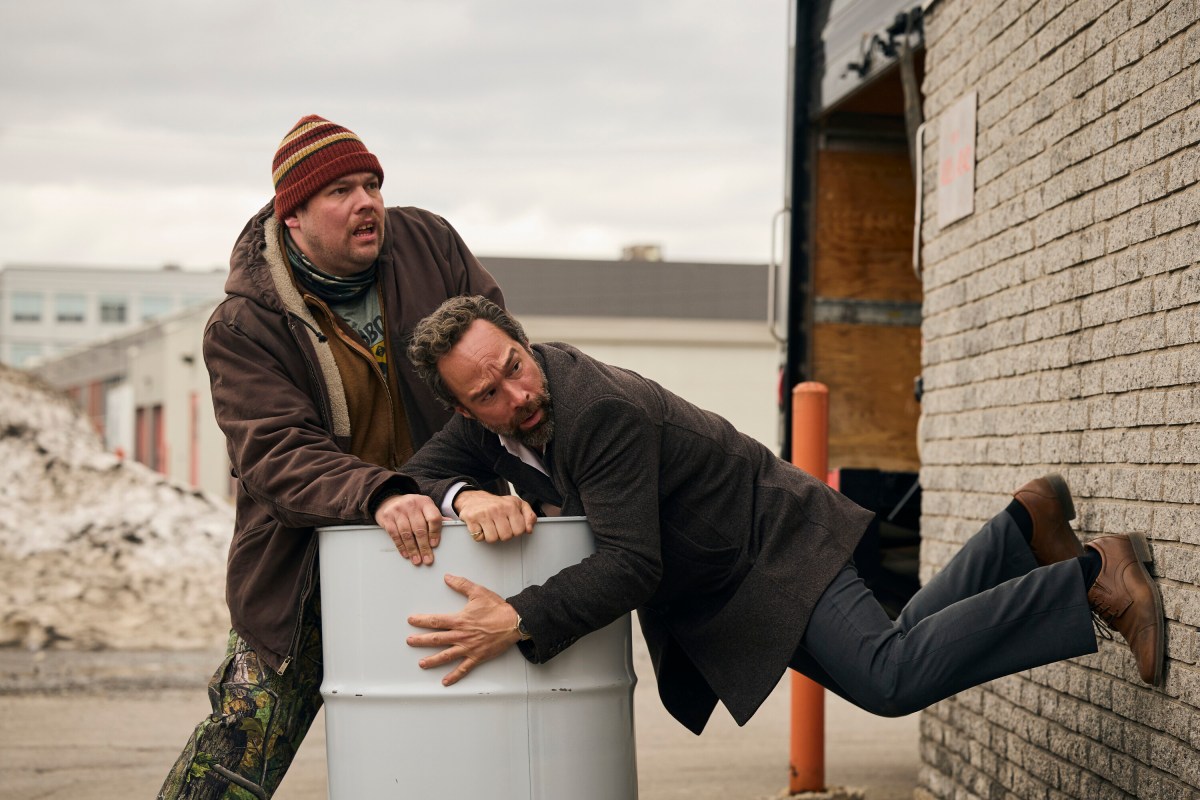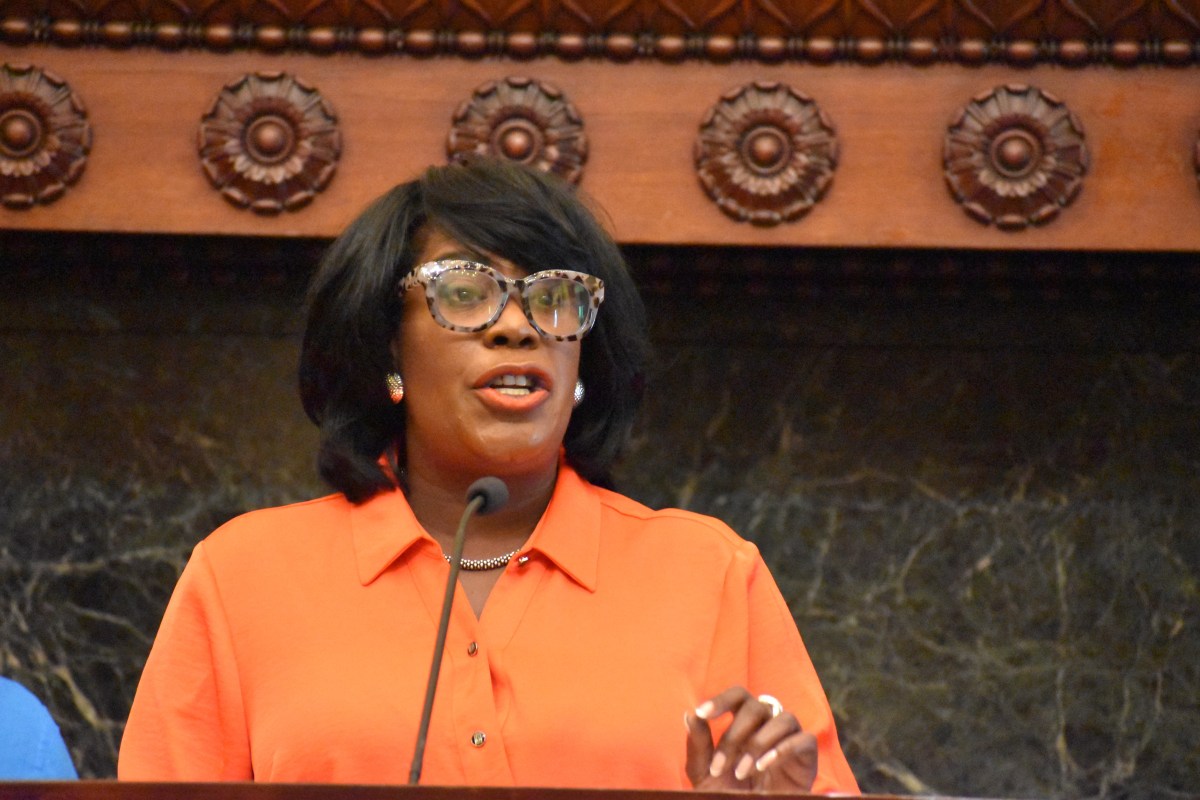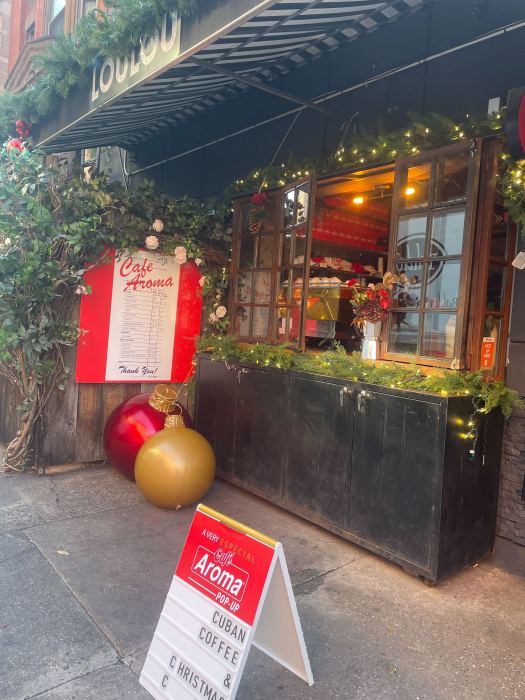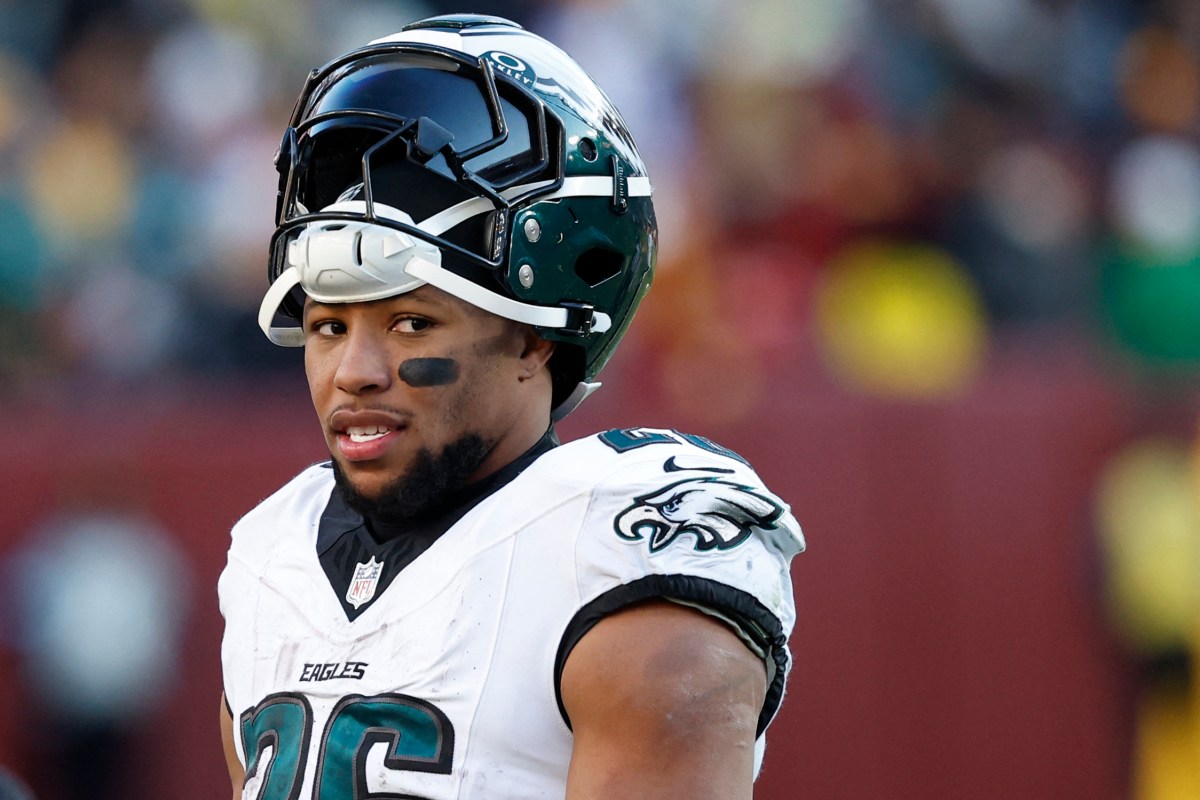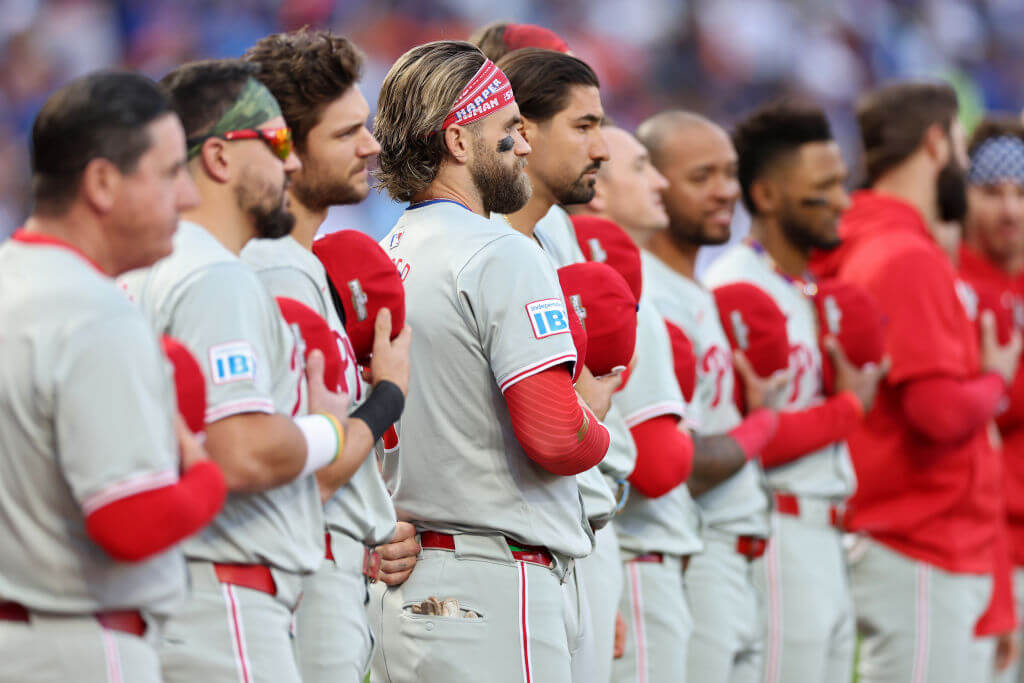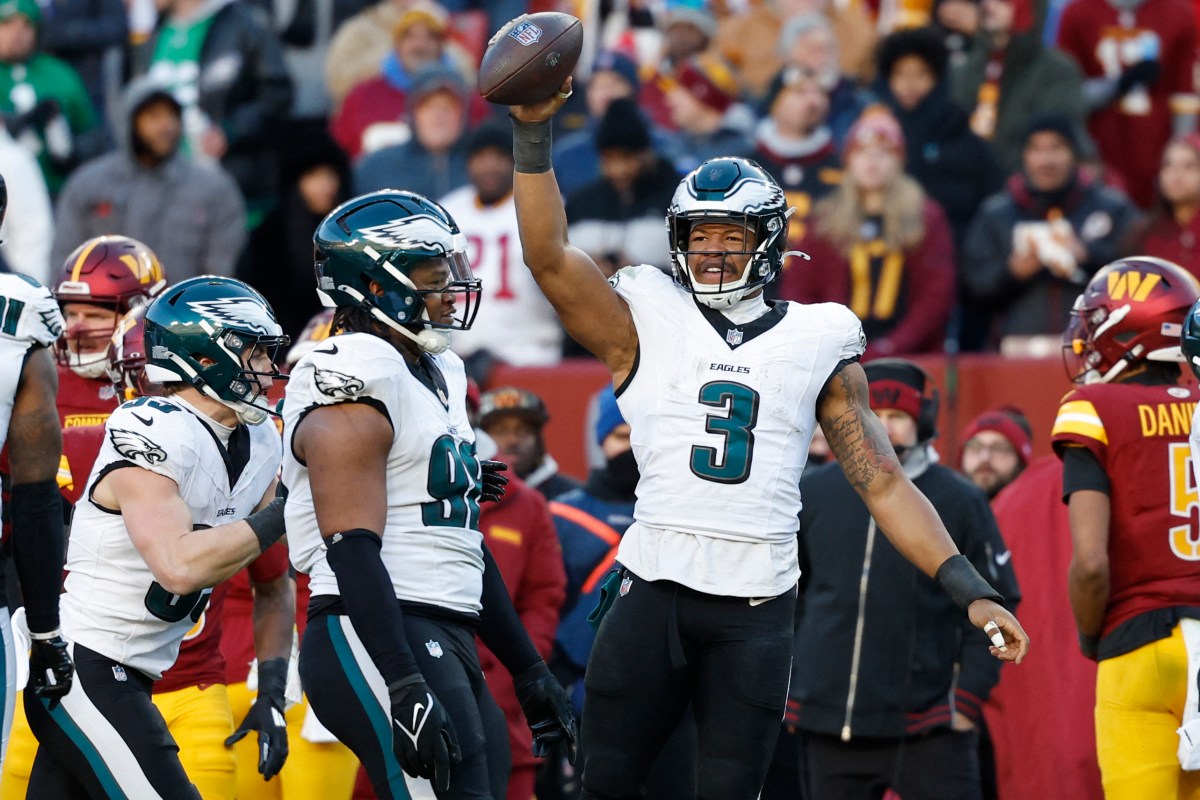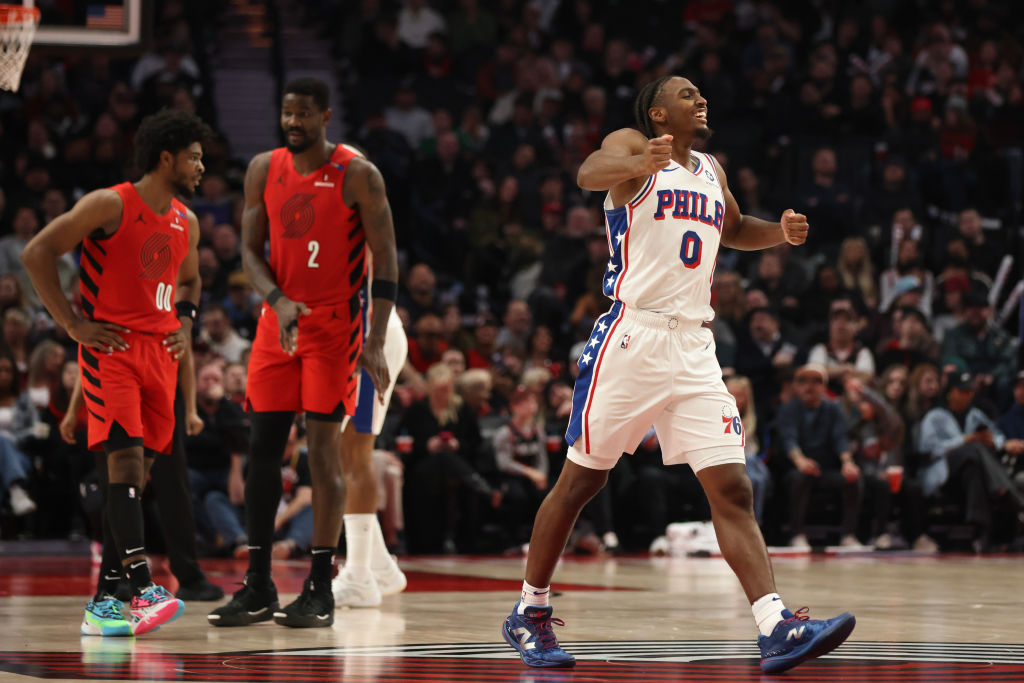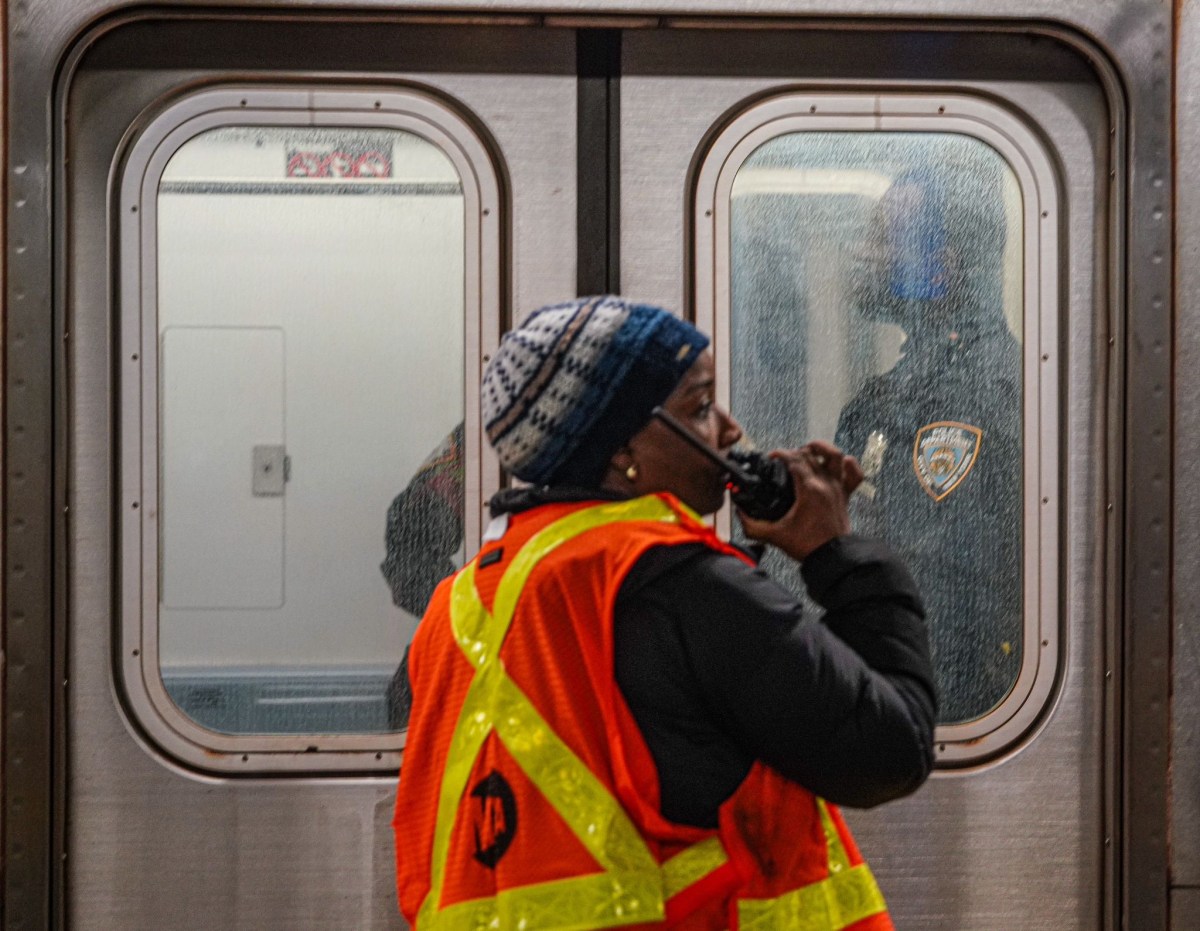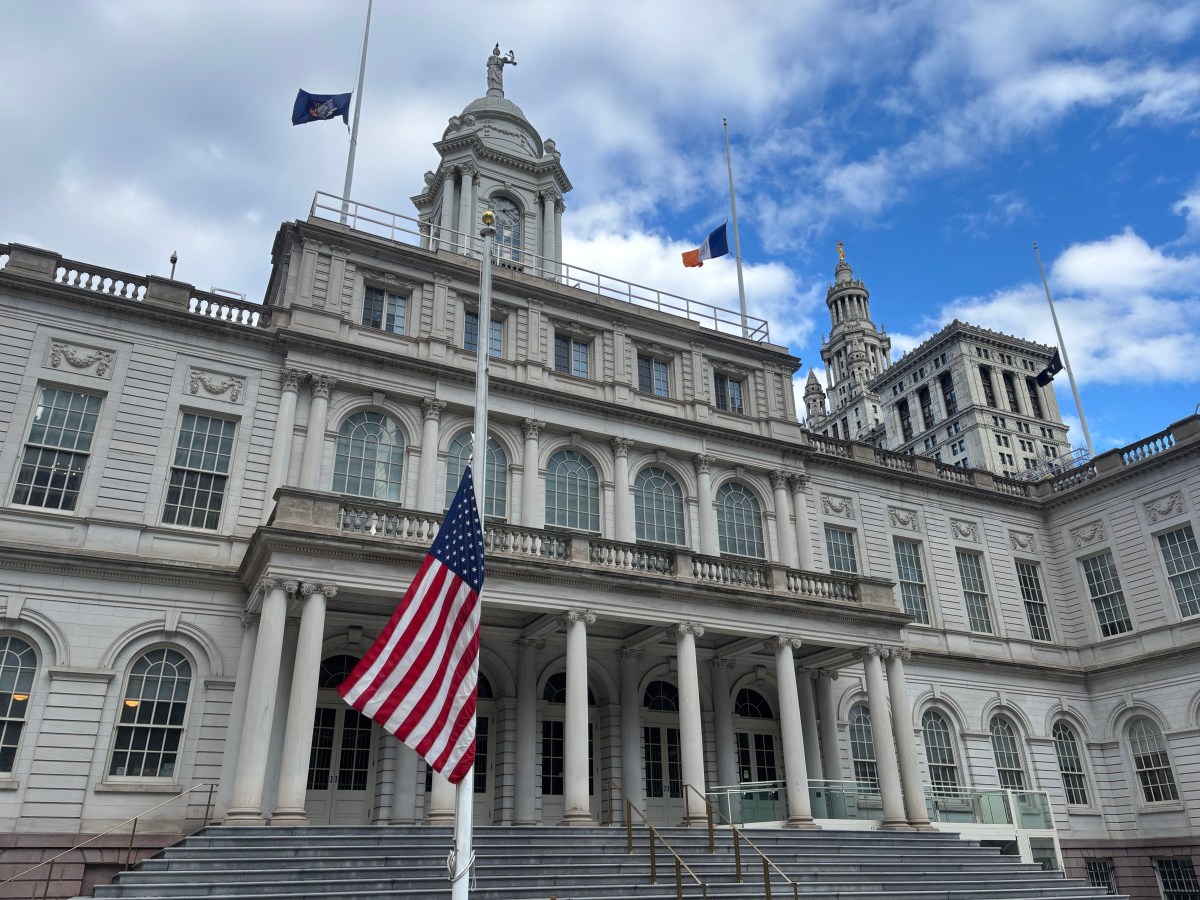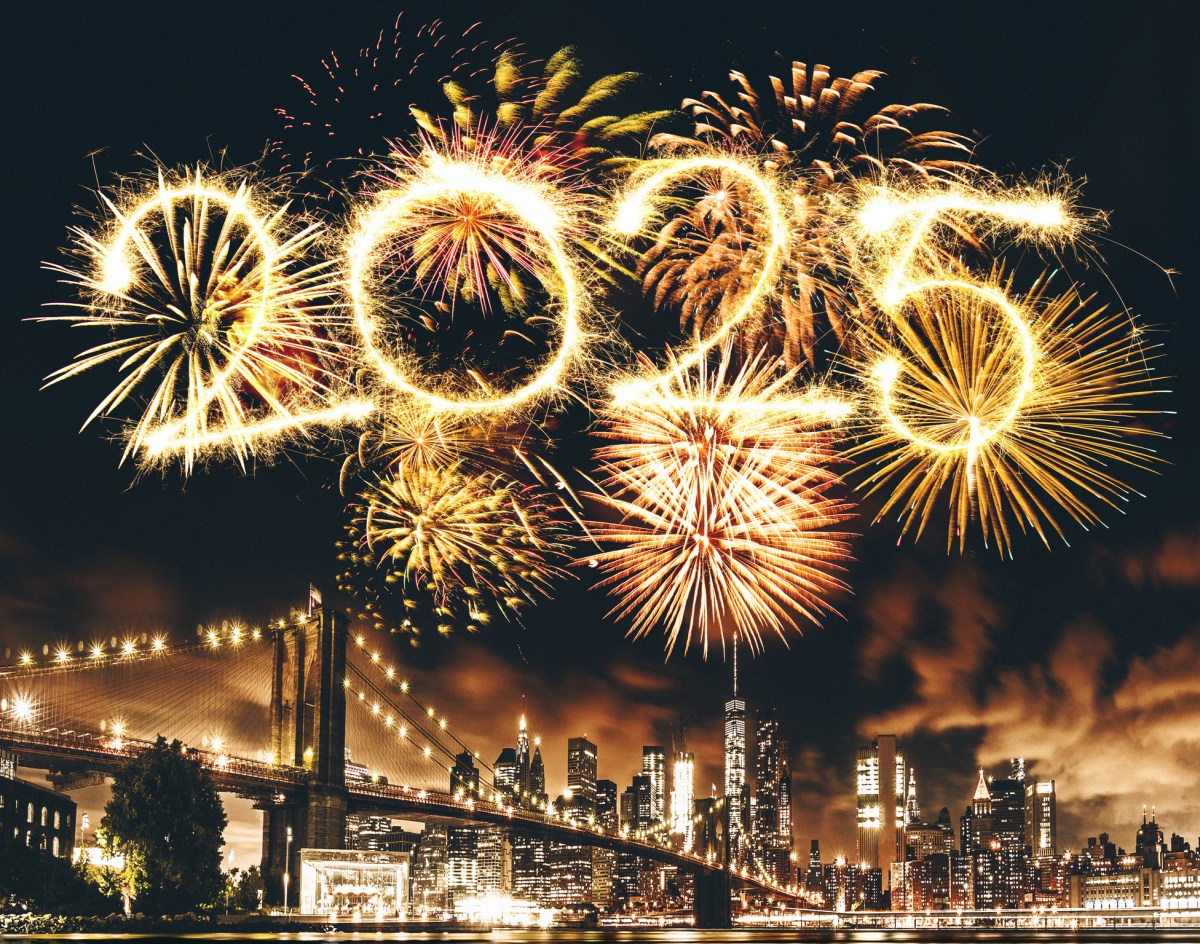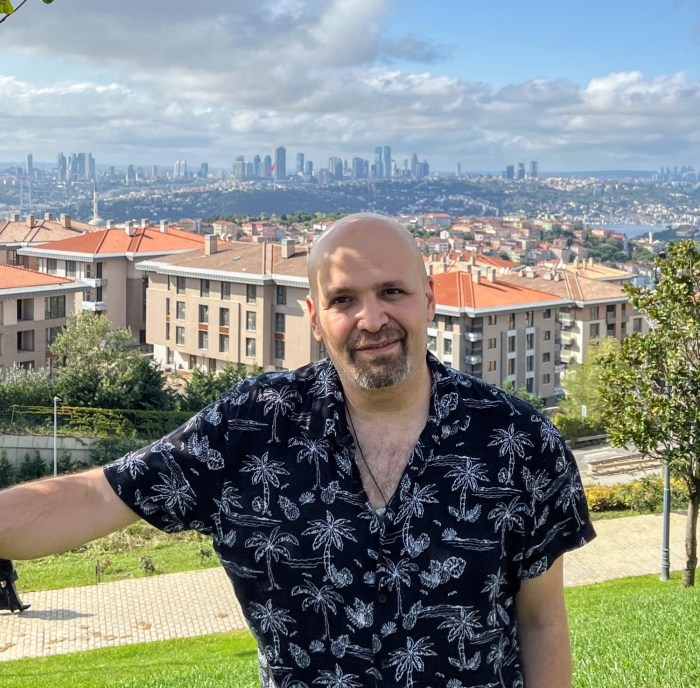Taylor Sheridan always knew that Yellowstone was going to be a risky and expensive venture for whichever studio took it on.
That was one of the main reasons why he started work on the Western family drama, which revolves around the Duttons, led by John Dutton (Kevin Costner), as they battle to control the borders of their huge ranch from land developers, an Indian reservation and American’s first National Park.
In order to give “Yellowstone” the scope and allure that the story and show demanded Sheridan admitted to me that he sought a lot of money.
“Look, it is an expensive show. It was a risk. Because there hadn’t been a modern Western on television. And it was a scary proposition, and it took a long time to find a home for it.”
But good things come to those who wait. Because, ultimately, Sheridan found the perfect home for “Yellowstone.”
“Paramount really responded to the material and they were as excited about diving into this hole as I was and were willing to invest the substantial amount of money that it takes to film it properly and to make it look like we all wanted it to look like.”
Sheridan was so intent on spending this amount on “Yellowstone” because he wanted to make it look like “a movie.”
“My pitch was, ‘Imagine if John Ford came back to life and wanted to make a TV series. What would that look like?’ And that’s what we tried to do.”
In order to achieve that Sheridan, who directed all of the episodes, forbid the use of hand-held and Steadicam cameras, and instead sought out updated versions of 1940s movie equipment.
“If you watch some of John Ford’s films, they were really innovative at the time, and there was a real energy in the camera and an excitement to it that you don’t traditional think of with sticks and dollies.”
“But that’s how every movie was made before Steadicam and people were able to hold cameras on their shoulders. Employing that method leant itself to capturing the show in a way that was very, very cinematic.”
Since “everybody now has the ability to have a cinematic experience at home,” Sheridan was excited at the “great opportunity” to make an epic television show that didn’t use “visual effects” to create “some fantasy world,” but instead really “held the mirror up to an authentic part of Americana.”
Sheridan was more than happy to provide plenty of insight into the parts of the Western and Americana that he wanted to explore with “Yellowstone,” too, especially as it still feels so relevant today.
“Every place in the world has been settled and resettled. And people were assimilated or destroyed.”
“We don’t seem to have learnt much from that. The most recent example of it happening is in the United States. It happened in France 200 years ago or longer. It happened here 130 years ago. So the consequences of that still exist today. They’re still being dealt with.”
“Issues that were being dealt with 130 years ago are still being dealt with now. It’s something that is worth looking at. Obviously entertaining is the ultimate goal. But if you can enlighten as well that’s a lofty aspiration.”
“At the same time we really wanted to explore the modern American West. We wanted to explore ranching as a business, land development and issues that afflict the West today, and how similar to issues that were around 130 years ago.”
“Whenever I look at the world I try to look at all of it. Warts and all. Let’s look at land development, let’s look at fracking, let’s look at what life is like on a reservation, what is it like to navigate the politics of a tribal council. And how does that interface with state governments.”
“How do these bureaucracies work together? And in a lot of places they don’t work well together. That to me was very interesting and fascinating thing to explore.”
“Television gives you the opportunity to explore it in a much longer format than film, and really dive into these issues and the characters that we chose to navigate through this place.”
But, while these are issues that Sheridan clearly wanted to probe, the filmmaker was well aware that he had to be smart and subtle with his exploration of them, otherwise viewers would quickly become bored.
“At the end of the day, with any story you are telling, the issue can’t be the story. The issue is the landscape for your characters to navigate.”
“But the characters have to be interesting and they have to be dynamic, and they have to be personalities that an audience will be intrigued to follow.”
“You have to find a way that makes them energetic, and put them in positions that are exciting and funny and emotional, and watch them go on a journey and hopefully learn from their experiences.”
You can start on this journey with “Yellowstone’s” characters when it premieres on the Paramount Network on June 20.

